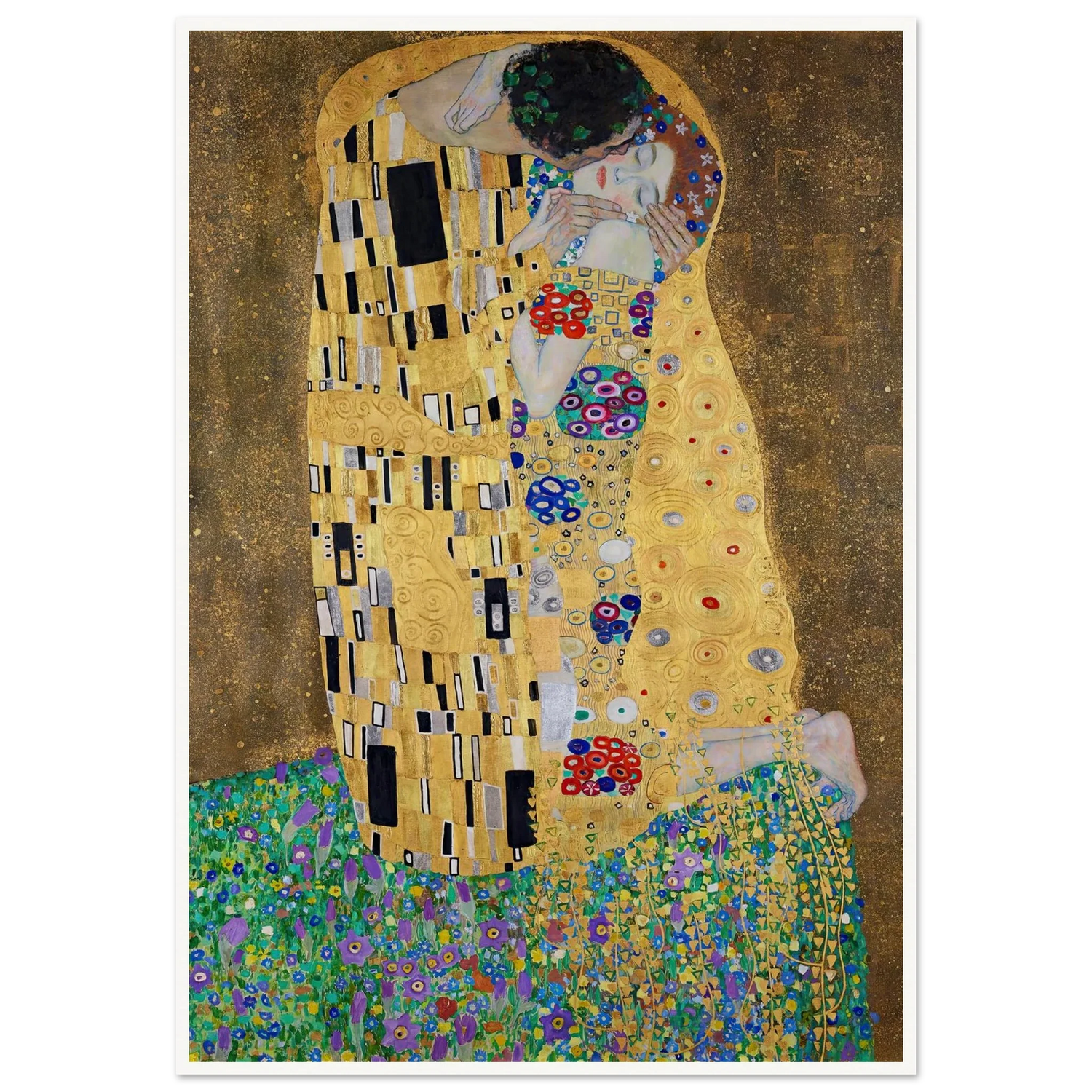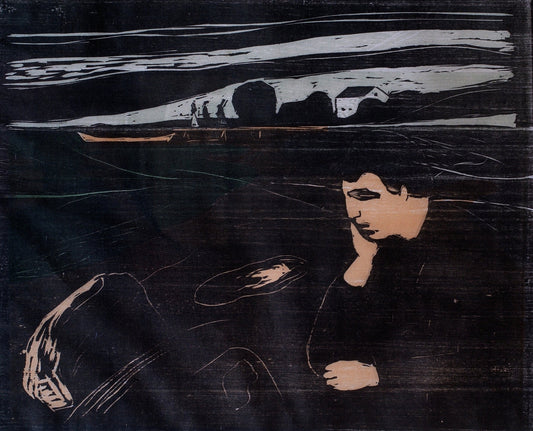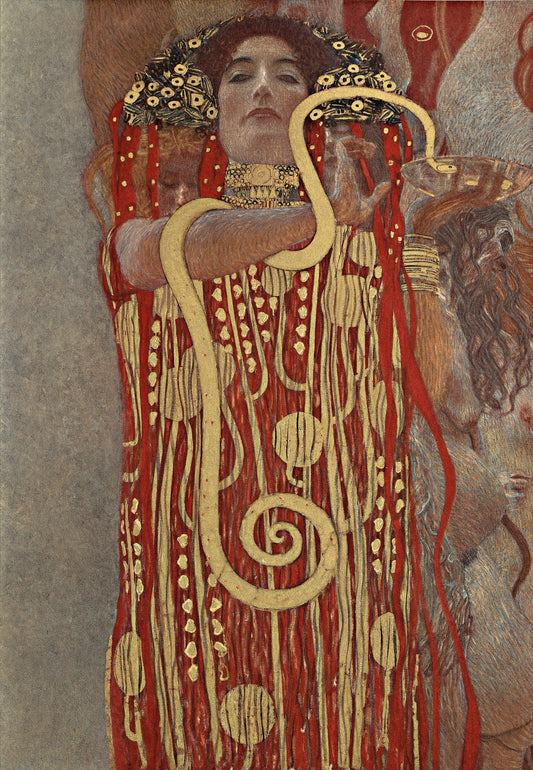Evening (Melancholy III) by Edvard Munch: A Wall Art Print of Existential Beauty
Share
Few paintings capture the ache of solitude as poignantly as Edvard Munch’s Evening (Melancholy III), created in 1902. Munch, forever haunted by themes of loss, longing, and the shadows of the human psyche, distills these obsessions into an image that is both private and universal. A solitary figure sits at the edge of the sea, enveloped by dusk, the horizon dissolving into tones of muted gold and fading blue. It is a moment suspended between presence and absence, a meditation on what it means to feel alone in the world.

Seen today, Evening (Melancholy III) feels as modern as it did in the early 20th century. Its economy of form, the rough vibration of its brushwork, and its haunting palette speak directly to contemporary viewers. As a wall art print, the work does not merely decorate a room. It imposes atmosphere. To live with this piece is to admit the inevitability of silence, and yet to find beauty in that stillness.
Placed above a sofa or framed as a poster in a study, this image transforms interiors. It is not a neutral landscape but a charged psychological space. In the living room it can become a conversational anchor, an art print that draws visitors into its somber narrative. In the bedroom it whispers of intimacy, of dreams shaded with the melancholy of memory.

For collectors of posters and prints, Munch remains one of the most enduring voices in expressionist art. His works, including The Scream and The Dance of Life, command extraordinary attention. Yet Evening (Melancholy III) holds a quieter power. It is the painting of solitude, not hysteria. To own it as an art print is to acknowledge the human condition not through noise but through reflection.
As wall art, it proves that not every room requires brightness. Sometimes an artwork that embraces shadow allows the rest of a space to breathe. A print like this belongs in the homes of those unafraid of depth, who welcome art that does more than please the eye.





